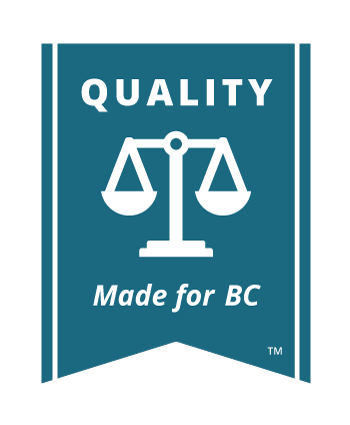Notice of Claim Form


In BC Small Claims Court, all cases start with filing a Notice of Claim form. To complete your Notice of Claims form you will need to fill out the following information:
Claimant

If you are the person starting the claim, you are called the claimant. You will need to fill out your full name and address. This address will be where the court will send you documents and notices. If you are suing in the name of an organization or business, be sure to include the full legal name. If your address changes while your case is active, be sure to Change your Address.
Defendant

You must use the correct names and addresses of the people or organization you are suing (the defendants) on the form. If you do not have the right name, you could have trouble enforcing any order you get against the defendant, even if you win. It is very important! You can name more than one defendant.
For example, I hired Alan of New Pipes Plumbing to redo the plumbing in my house but the work resulted in water damage. I’m now wanting to sue for damages. I can name both Alan Kahn and New Pipes Plumbing as defendants.
There are different rules depending on the type of defendant.
Naming an individual
Here are some tips:
- Use their full name
- Don’t use titles such as Ms. or Dr.
- Don’t use initials
- If they have 2 names include both. E.g. Jolen Lee also known as Jolen Montgomery-Lee
Naming an incorporated company
If you are suing an incorporated company you must do a company search. The company search will give you the legal name of the company and the registered address. This is the information you need to file a claim against an incorporated company. You must include a copy of the company search with your Notice of Claim.
Naming an unincorporated company
You can find out the proper name of a company that isn’t incorporated by asking your local business licence office at city hall for the correct name of the business and the name of the owner(s). You can name both the business and the owners so judgements can be enforced on either.
Naming the provincial government
If you want to sue the Province of British Columbia you need to name the defendant:
Her Majesty the Queen in right of the Province of British Columbia

Learn More
Making a Claim from the Government of BC
What Happened
This is where you will describe the incident that led to the claim. You will want to give a brief outline of the facts that occurred. Be sure to refer to documents that support your claim, like contracts, invoices, etc.
Some examples:
- For a money claim:
- On or about Oct 3rd, I was hired by the defendant to do landscaping work for View Properties in North Vancouver. The work was completed on October 31st, and the defendant was invoiced for the total outstanding amount of $10,000. The invoice was to be paid by November 15th. No payments have been made by the defendant
- For a personal injury claim:
- On July 20th, I was shopping at Green Foods at 5th Ave and Yew street Kelowna, when...
- For a goods or services claim:
- On June 5th, I bought a 2015 Honda Civic from Theresa Silva, the defendant. The Honda was advertised to be in excellent working condition
Where and When?
You’ll need to specify the location where the claim occurred and the approximate date you discovered the claim. You don’t need to be specific, you can just name a city or town. For contracts, you can name where the contract was created.
How Much?
This is where you can specify how much you are claiming the defendant owes to you. Some examples:
- For debts: Debt owed $6,000, plus interest
- For property: Return my 2016 Toyota Yaris

Find the Form

Read the Rules

Learn More
Making a Claim Guide from the Government of BC







